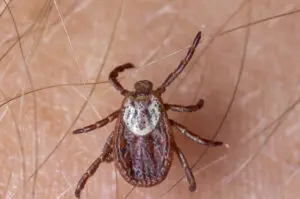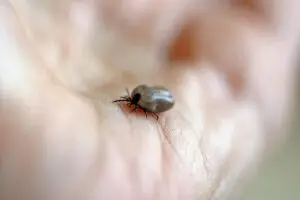
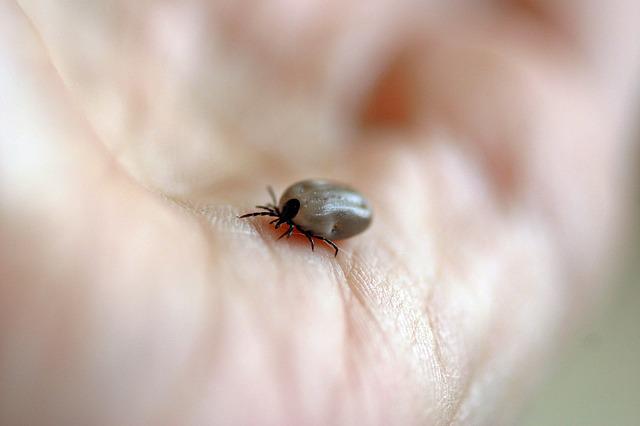
Ticks are one of the more dangerous outdoor pests due to the various diseases they transmit. Strangely enough though, diseases are not the only thing they can cause. There is one tick in particular that can actually cause humans to become allergic to meat! Before we identify the tick behind this phenomenon, let's take a quick look at the life of a tick.
Tick Life Cycle
Depending on the species, a tick’s entire life cycle can take anywhere from two months to three years. Ticks go through four stages during their life cycle: egg, larva, nymph, and adult.
Egg
Tick eggs are laid in clusters of hundreds or even thousands. The clusters, called tick nests, are roughly an inch across. Nests are usually attached to somewhat soft items like a blade of grass, a leaf, or a patch of soft soil. The eggs themselves appear translucent and are typically red or brown in color. They can take anywhere between 9 days and 2 months to hatch.
Larva
Eggs hatch into larvae, which are also known as seed ticks. At this stage, they are less than 2mm in size and they have 6 legs. After hatching, larvae begin the hunt for their first host. For the most part, seed ticks need to find a host within 30 days or they will die, although some can live as long as 170 days without a meal. Once they find a host, they will attach and take a blood meal. Ticks drink blood because it contains the nutrients they require in order to molt into the next stage of life.
Nymph
After their first blood meal, larvae molt into nymphs. Nymphs, like larvae, are less than 2mm in size. Unlike larvae, nymphs have eight legs. Hard ticks only go through one nymphal stage. Soft ticks go through several nymphal stages, slowly growing in size until they are nearly adults. Both hard and soft tick nymphs need to take a blood meal before they can molt into adults.
Adult
Adult ticks have eight legs. They range in size depending on species, gender, and whether or not they have recently fed. Adult ticks require blood as well, but not for growth purposes. Blood provides adult ticks with the nutrients they need to begin reproducing. Both males and females drink blood, but only females take enough blood to become engorged. Ticks typically mate while they are on a host. Males die after mating with a female or two. After mating, the female begins searching for a place to lay her eggs.
Host Preferences
Ticks are split into two groups: three-host and one-host. Three-host ticks will find a new host during each stage of life. After taking a blood meal, they drop off of their host and molt before looking for a new one. One-host ticks usually stay on the same host throughout their entire life cycle, though they will sometimes use two hosts. They do not leave their host’s body to molt. Instead, they remain on the host through each molt until they are fully matured and ready to reproduce.
In general, three-host ticks are less picky about where they get their meals than their one-host counterparts. They choose different types of hosts at different stages of life. Larvae and nymphs opt for smaller hosts like birds and small mammals, while adults choose larger hosts like deer, cattle, dogs, and humans. Some species have specific preferences. For instance, dog ticks prefer dogs and deer ticks prefer deer. If they are desperate though, they will attach to any host they can find.
Ticks will feed on their hosts for anywhere from 2 to 14 days, and they can live as long as 200 days without a meal.
Lone Star Tick
Lone star ticks are a very common human-biting species. They are three-host ticks. Larvae and nymphs feed on small animals, but they will not bite rodents. Adults of course prefer larger hosts, particularly humans. They are most active during the summer. Every female lone star tick has a single white dot on its back, which is where the species gets its name. Males may have cream colored markings around the edges of their backs. Both males and females are reddish-brown in color.
Lone star ticks can transmit anaplasmosis, ehrlichiosis, STARI, and a strange condition called alpha-gal syndrome.
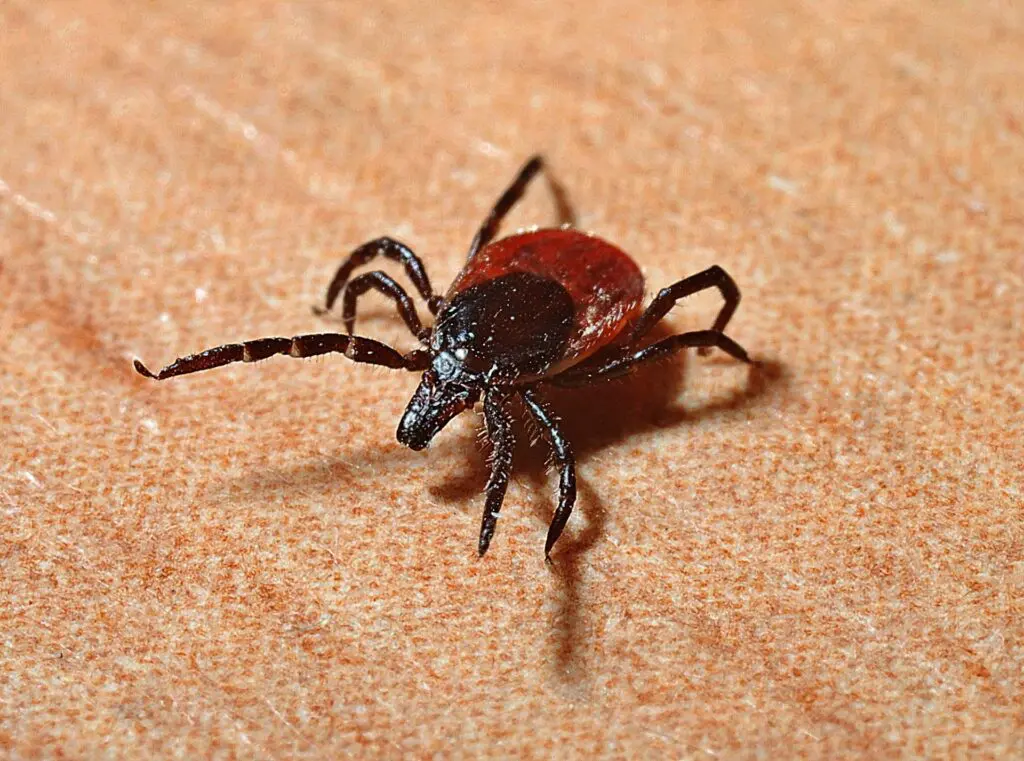
Alpha-gal Syndrome
Alpha-gal syndrome is a condition that only affects humans. It is not an infection or disease, but rather an allergy. It occurs when a lone star tick transmits the alpha-gal molecule to a human host. Alpha-gal is a sugar molecule that exists naturally in most mammals. It does not exist in birds, fish, reptiles, or humans. When the molecule is transmitted into a person, that person may develop an allergy to the molecule. The allergy causes antibodies to attack the alpha-gal sugar molecule any time it is consumed. Since most mammals have the molecule in them already, many mammal by-products also contain the molecule and consuming such products will cause an allergic reaction. Some products that can lead to a reaction include meat like beef, pork, lamb, rabbit, and venison, as well as milk, milk products, and gelatin. Symptoms of an alpha-gal reaction include hives, swelling, headaches, and anaphylaxis. Alpha-gal syndrome is not curable but it can be managed by avoiding any products that cause a reaction.
A tick needs to be attached for at least 1-2 days before it can transmit any pathogen to its host, alpha-gal included. That being said, ticks are sneaky and they can be easy to miss. It is important to check yourself thoroughly after spending time outdoors, especially if you were in tick-heavy areas.
Tick Prevention
Here are some tips to avoid tick bites next time you’re outdoors:
- Treat clothing with permethrin and use an EPA registered insect repellent.
- Treat gear (backpacks, tents, etc.) with permethrin or use pre-treated gear.
- While in wooded or grassy areas, wear a long sleeve shirt, pants, and tall socks. If possible, all clothing should be light in color.
- After returning indoors, shower and perform a thorough tick check on your entire body, paying particularly close attention to hairy or protected areas like the scalp and armpits.
- If you find a tick attached anywhere, remove it immediately.
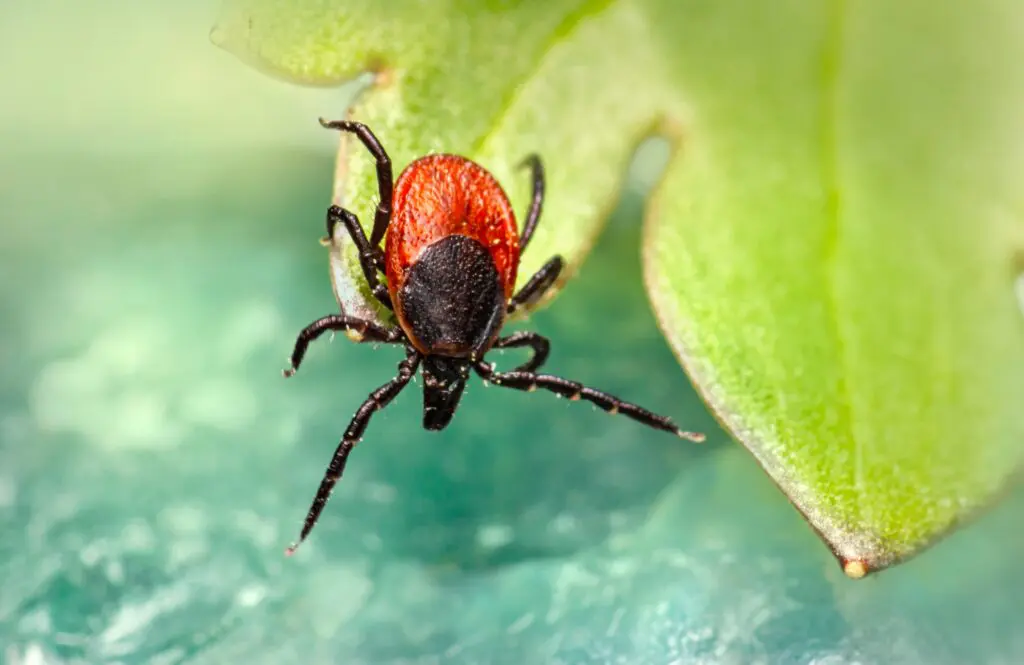
Tick Removal
Alternative tick-removal methods are almost always ineffective, and some are dangerous. The best way to remove a tick is with a pair of tweezers. Use the tweezers to pinch the tick’s body, getting as close to your skin as possible. Pull it straight out and do not twist. Ideally the entire tick will come out, but there is a chance that the head will detach and remain in the skin. This is nothing to worry about as the tick is dead at this stage and can no longer transmit pathogens. The embedded head may cause some skin irritation, but it will eventually fall out on its own.
When it comes to ticks it is better to be safe than sorry, so if you think your yard may be infested give Excel a call and we’ll send a technician over right away.




